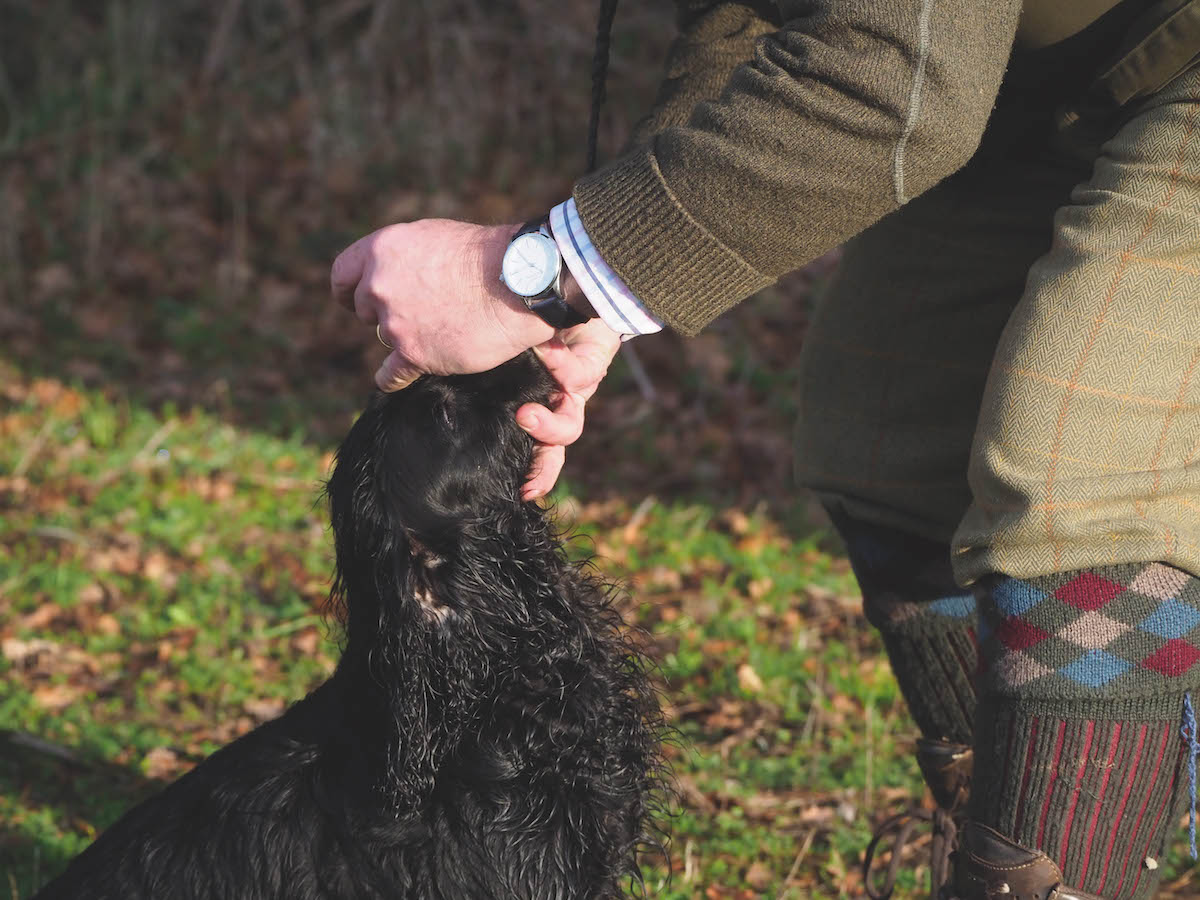Dog infections that are transmissable – what should you do to prevent them?
Neil McIntosh advises on what to beware of

Dogs in enclosed spaces such as the beaters' wagon are at risk of picking up - or passing on - infection
If there is one thing COVID-19 has done, it has made us all far more aware of the risks of the spread of infections by various routes. There are more ways than one that bacteria, viruses, parasites and other organisms can move from victim to victim. Remember that infections can enter the body through the mouth, respiratory system, eyes, genitals and broken skin.
Airborne
The most common way for respiratory tract infections to spread is through airborne movement of droplets or particles produced by breathing, coughing and sneezing, with the latter two obviously projecting infection further from the carrier. Generally, it is estimated that the maximum spread by this method is around one metre, although small viral particles can travel long distances on air currents. Sneezes spread diseases! (Read more on kennel cough here.)
The risks are clearly less when dogs are far apart on a breezy day and much greater when they are in an enclosed space with poor ventilation, when particles will continue to circulate. Yes, like most beaters’ wagons. Infection will also survive better in this moist, warm environment and tired, panting dogs are considerably more likely to deeply inhale bacterial or viral particles, again increasing the risk of disease.
Bugs that cause respiratory disease include Bordetella bronchiseptica (kennel cough), parainfluenza and herpes virus. Remember that although herpes virus causes only mild symptoms in adult dogs, if pregnant bitches are infected, they can go on to produce ‘fading puppies’, with devastating consequences. All pregnant bitches should be kept well away from any coughing or sneezing. (Read more on fading puppy syndrome here.)

Even a friendly pat can pass on infectious or contagious diseases
Contact
We try to teach the spread of dog infections to students using the ‘red paint’ analogy. Imagine that you have dipped both of your hands into a pot of red paint before going about your daily business. You will leave traces of paint on everything you touch, until it runs out, dries out, or is washed off. If you have infectious agents on your hands, you will do the same. Thus, rubbing an eye when you have a cold or a conjunctivitis can be sufficient to pass on the condition. Petting a dog might pick up traces of saliva or faecal material that you can transfer to your own. Or yourself. (Read more on conjunctivitis in dogs here.)
The list of diseases that can be spread in this way is far too long but all can be prevented by hand washing, so keep that alcohol gel out and use it regularly. The most common problem here is the spread of minute quantities of faecal material to the mouth (think campylobacter, E coli, salmonella, parvovirus) but some infections are transferred either directly through skin-to-skin contact or indirectly when skin or mucous membranes come into contact with contaminated surfaces (such as ear mites, ringworm, scabies, lice, herpes virus). Washing surfaces, food bowls and toys is also crucial.
As an example, one bout of diarrhoea from a dog infected with parvovirus can produce enough virus particles to infect 20 million other dogs and one-third of stainless steel food bowls contaminated with salmonella remained so after a dishwasher clean.

Parvovirus can be transferred via minute particles of faecal matter
Genital
Aside from bacterial infections, which generally cause mild inflammation of the vagina or prepuce, there are three potentially significant sexually transmitted diseases. Herpes virus, as previously mentioned, is important. While it is ubiquitous in the canine population, with about 80% having antibodies to it, the risk it poses to pregnant bitches is real.
Brucellosis (Brucella canis), once eradicated from the UK, may become a risk as more and more dogs are imported, although legislation does exist that should ensure that individuals are health checked prior to entry. Brucellosis can cause abortion, infertility, genital inflammation and foetal death and is an important zoonoses.
Last year there was the first case of canine brucellosis being transmitted from a German shepherd cross bitch that had been imported from Belarus. The three in-contact dogs in the family were put to sleep and the female owner was hospitalised.
Finally, canine transmissible venereal tumours are exactly what they say on the tin. Treatment is with chemotherapy or radiation. Again, the virus that causes the condition may be imported in dogs or in semen. Interestingly, the only population of wild dogs in the world that is not affected by canine transmissible venereal tumours is in Chernobyl.
To sum up, infections can spread from animal to animal, animal to people, people to animal, animal to object to animal, animal to object to people and people to object to animal. Practising good hygiene is simply sensible. Get that coughing dog out of the beaters’ wagon!








